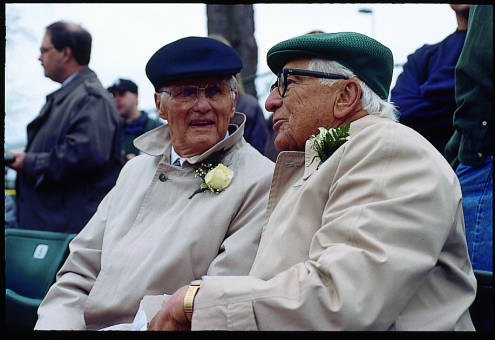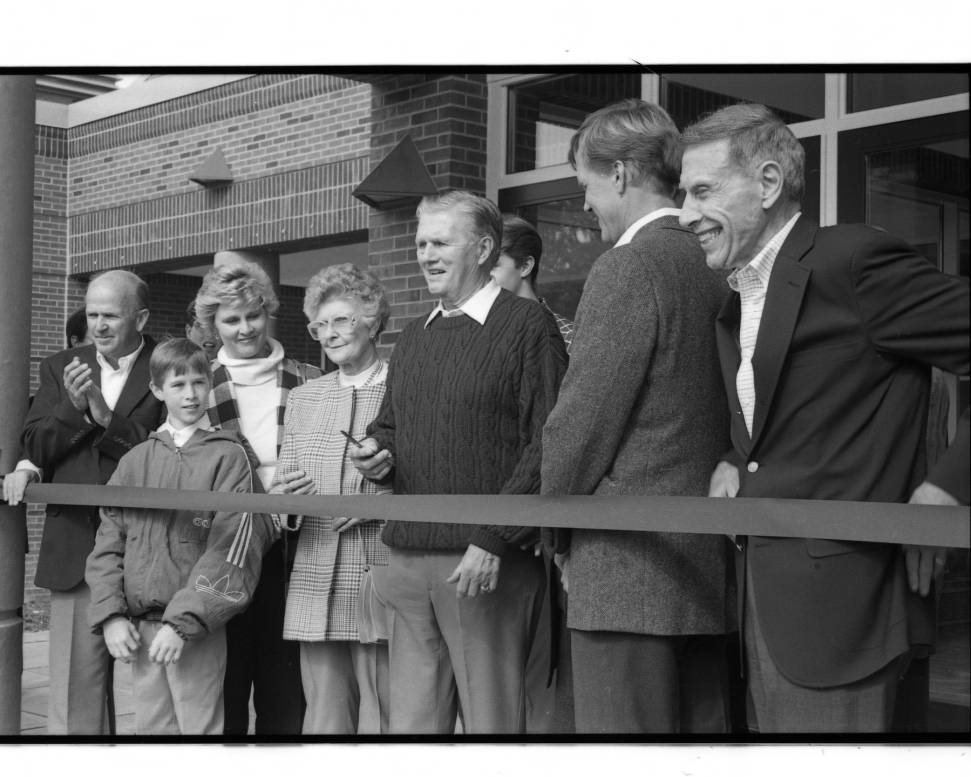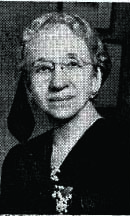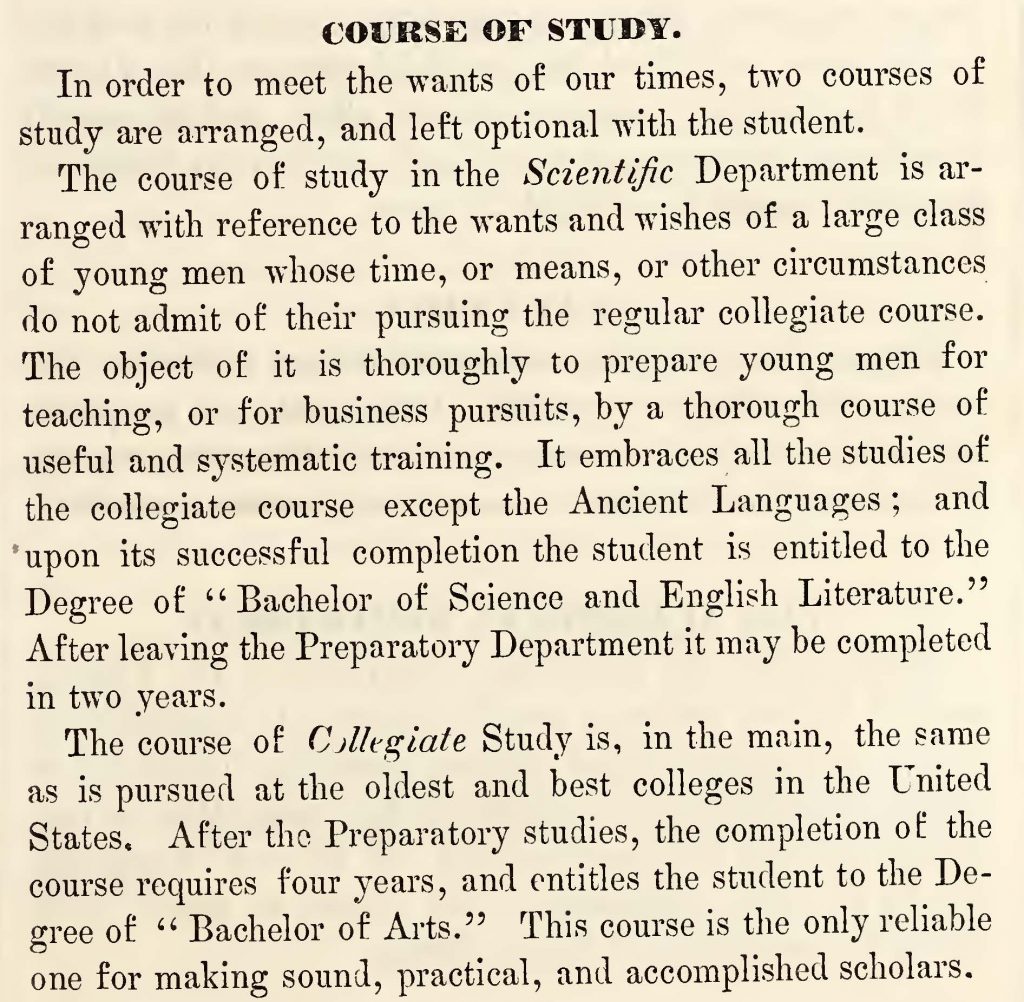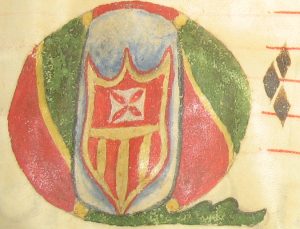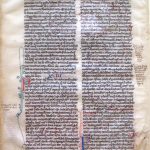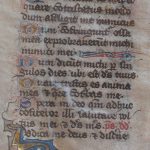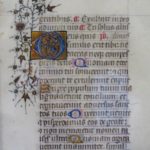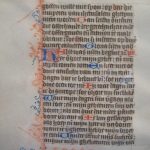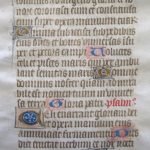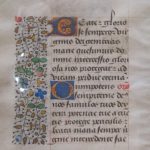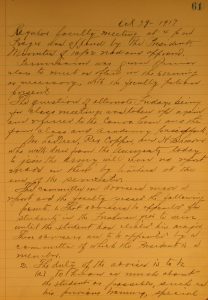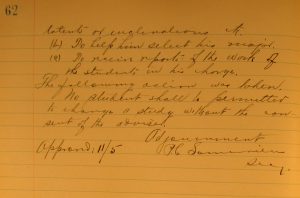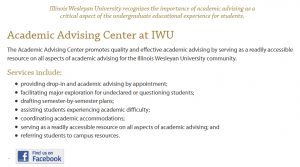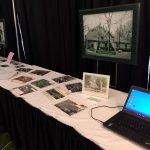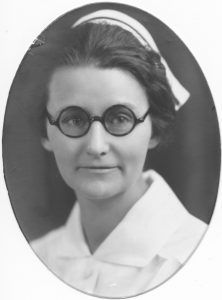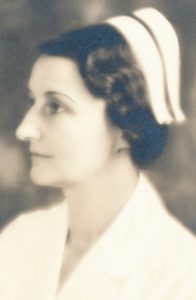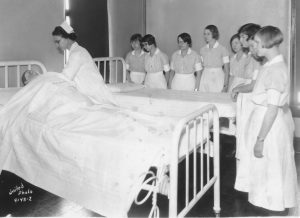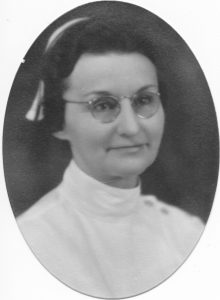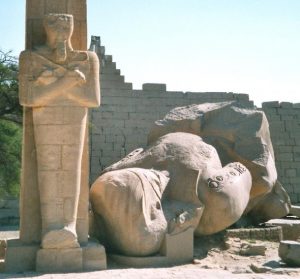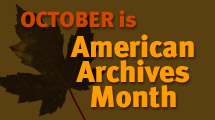Russell O. Shirk was a member of the Class of 1943. He received an honorary Doctor of Laws degree in 1989 and was the Distinguished Alumnus in 1971. The Shirk Center opened in 1994 and is named in honor of him and his wife and Betty J. Shirk. Shirk is pictured here (on left) with his friend Jack Horenberger, who the Shirk Foundation honored through funding the improvement and expansion of IWU’s baseball field.
“The Shirks wanted a center for use by the students and faculty and also something they could be proud of. They were very pleased that the community was able to enjoy the facility as well, and that it has been such an asset to the community,” Ben Rhodes, then- director of development said in 1999.

